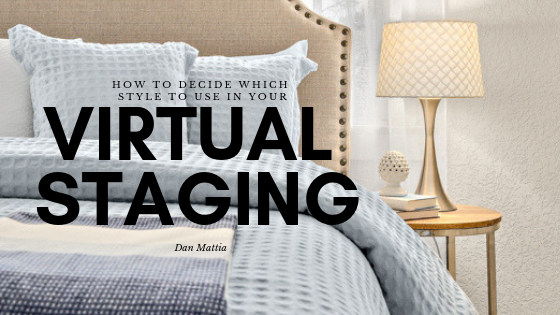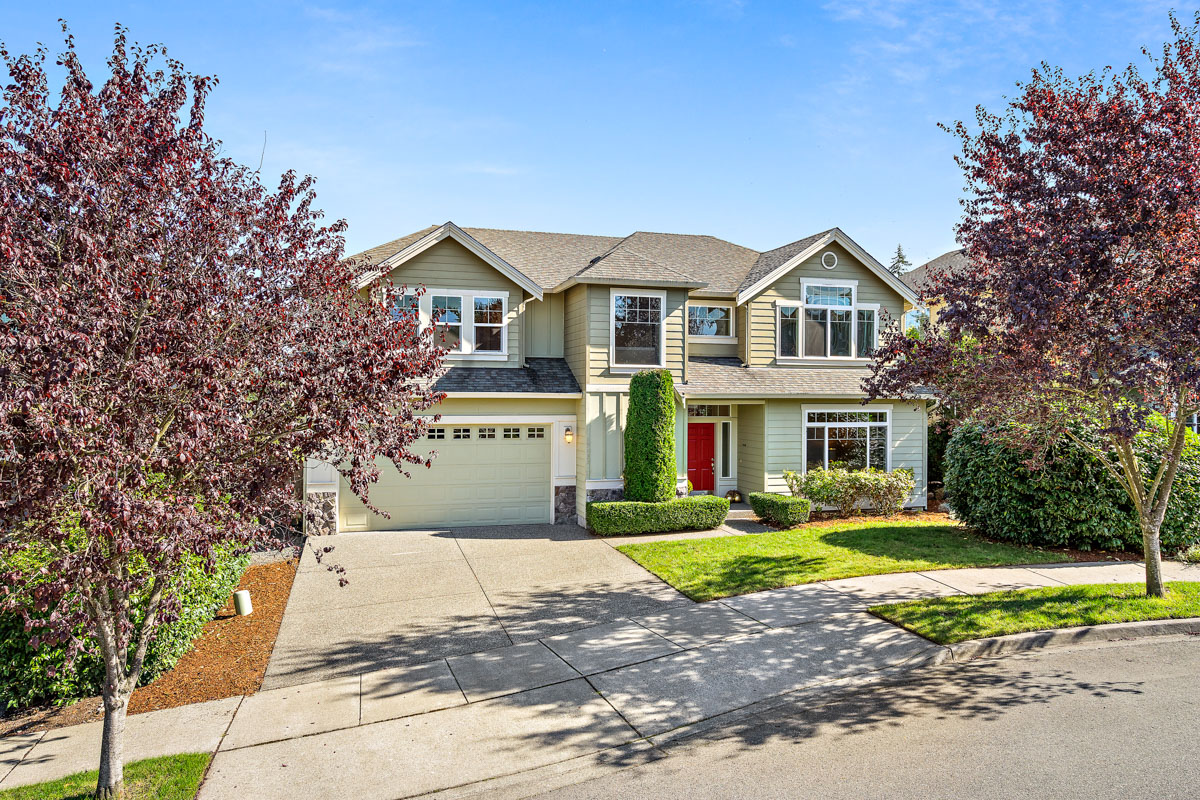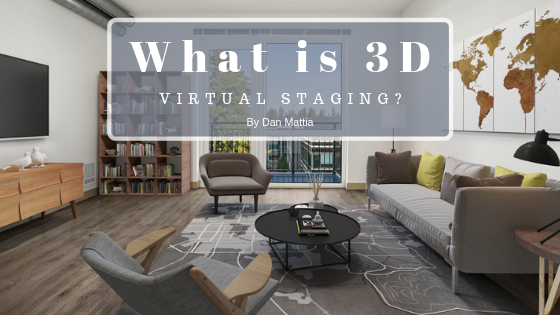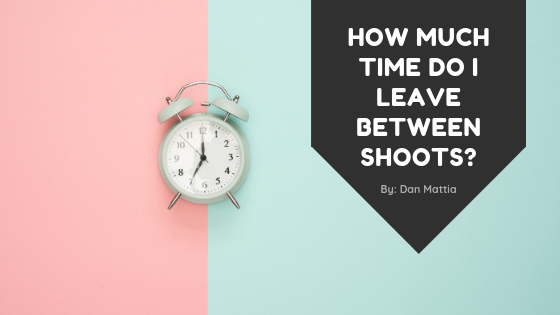Staging a home is an effective means of increasing its listing price and visibility to would-be homebuyers. According to a report by the National Association of Realtors:
- 40 percent of buyers’ agents cited that home staging had an effect on most buyers’ view of the home, and
- 83 percent of buyers’ agents said staging a home made it easier for a buyer to visualize the property as a future home
In general, a staged home is likely to sell 73 percent faster than one that isn’t staged.
Staging a home has become faster and more affordable with the popularity of virtual staging. Virtual staging trades the purchase, moving, and storage of furniture for digital counterparts, leading to more choice in how to style a staged home.
But what exactly is a virtual staging style, and how do you choose which style to use with virtual staging?
Types of Virtual Staging Styles
Some homes lend themselves to certain styles and themes of furniture and decor. For instance, if you’re browsing for a rustic-style home, you wouldn’t expect its interior design to look more suited to a New York City penthouse.
The same is true for virtual staging. Real estate photographers and virtual staging experts will use virtual staging in a way to enhance the look and feel of a home that’s for sale.
In most cases, that means virtual staging will make use of a style that matches and fits the home and market.
Virtual staging styles sometimes vary depending on the photographer you’re working with. Some photographers may present styles based on a color theme, while others may mimic styles more akin to those found in interior design.
Contemporary
A contemporary virtual staging style is similar to the modern style, but not quite the same. Contemporary styles match the trend of the moment and may vary from project to project. When you think of a contemporary style of staging, think “fad.” Contemporary styles change depending on what’s “in” at the moment — what trendy homebuyers are looking for in a home they’re considering purchasing.
Traditional
A traditional style of virtual staging is likely a familiar sight to most homebuyers. Traditional-style staging involves a calm, orderly, and predictable layout with unsurprising choices of furniture — even furniture that may feel out-of-date or old-fashioned. Colors are consistent and nothing truly “pops,” but that’s the point of a traditional style.
Modern
In contrast to contemporary styles, a modern virtual staging style makes heavy use of simple, clean lines. It very often borders a minimalist approach, avoiding unnecessary clutter for simple designs and layouts instead. Modern styles use plenty of natural materials and monochromatic colors and work well in homes with exposed structural elements.
Mid-Century Modern
A mid-century modern virtual staging style is similar in many ways to the modern style. The style uses the least amount of materials as is necessary to create well-lit and open spaces. It’s a style that employs the “less is more” philosophy, but doesn’t forsake a bright, well-organized layout.
Transitional
The transitional virtual staging style is a mixture of modern and traditional designs. It includes simple and sophisticated lines, but less traditional types of furniture. Colors aren’t too bright, and wood finishes are prominent. Transitional virtual staging is less formal than traditional, and less cold and rigid than the modern style.
Scandinavian
You’re likely familiar with elements of the Scandinavian style thanks to companies like IKEA. When it comes to virtual staging, however, the Scandinavian style is a little more involved. It makes use of a minimalist design with white walls and floors. The color scheme of furniture is often soft, and there’s plenty of wood visible throughout the design.
Farmhouse
The farmhouse virtual staging style includes plenty of elements you’d expect from a rustic theme. Pastels and vintage colors can be found throughout a farmhouse style. Plenty of furniture, fixtures, and decor make use of reclaimed wood, and artwork often depicts animals and wildlife.
Nautical
A nautical virtual staging style works well for waterfront properties. Nautical themes involve elements of living by the water — anchors, ships, and sea-like art. Furniture colors may include grays, whites, and blues to invoke the feeling of living by the water.
Industrial
The industrial style uses elements one would find in a factory or manufacturing setting, such as concrete and exposed beams. Colors include grays and blacks, and any “popping” colors are used sparingly — if at all. Furniture is often made of metals and glass for a sharper aesthetic.
Bohemian
The Bohemian virtual staging style is one that’s casual and relaxed. Furniture that may otherwise seem out of place is incorporated into the style, and elements of the traditional style are all but ignored. There’s a heavy focus on furniture with patterns, and bright colors are often interspersed throughout the design alongside more earthy counterparts.
Shabby Chic
The shabby chic virtual staging style fuses elements from the 18th-century Swedish neoclassical decor and American rustic style. Furniture is often painted and distressed, with light, pale colors. Vintage furniture and decor can be found throughout, and floral patterns and looks are not out of place in such a style. In essence, shabby chic is a feminine take on the traditional rustic style.
Which Virtual Staging Style Should You Choose?
The perfect virtual staging style for your home depends largely on what type of home it is and the market in which you live. Since virtual staging doesn’t require the purchase, storage, and transport of tons (or any) furniture, your photographer has free reign to work with a style that makes the most sense for your home.
Consult with both your agent and photographer to determine which style you should use when virtually staging your home. Together, they’ll have the knowledge and expertise to guide you toward making the best choice.
[/fusion_text][/fusion_builder_column][/fusion_builder_row][/fusion_builder_container]



